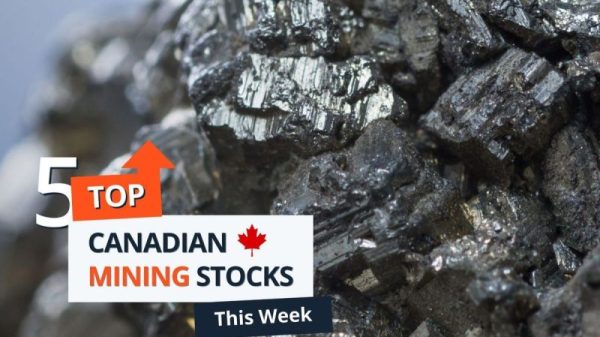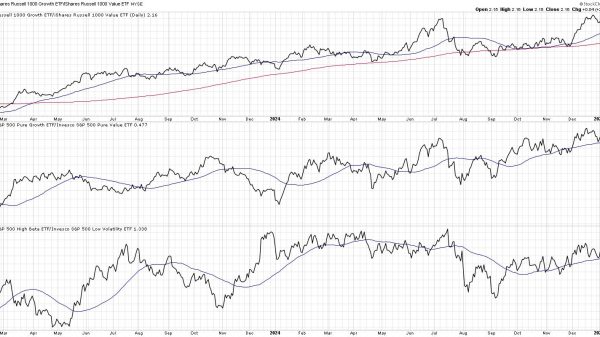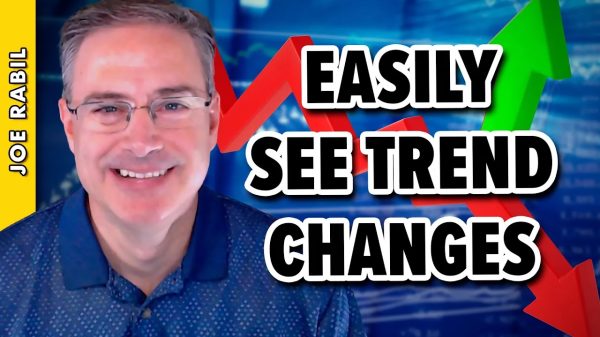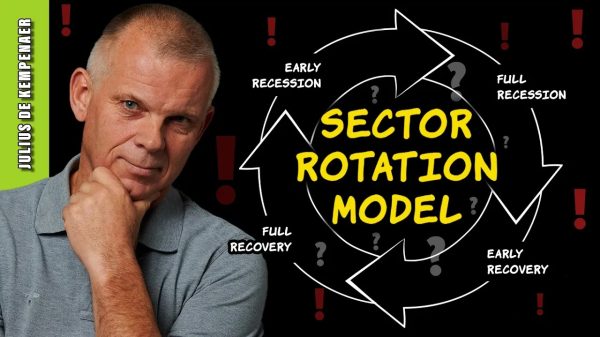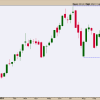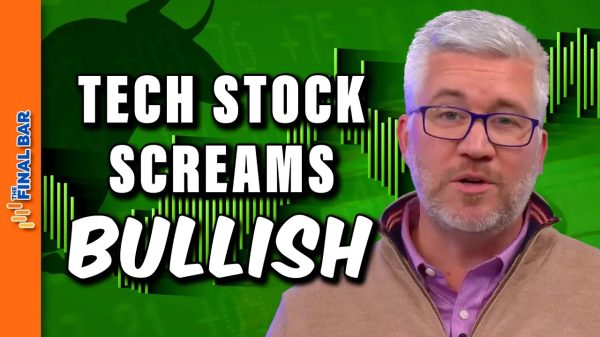Will Fed Chief Jay Powell rouse King Midas from his summer slumber? Gold investors are eager to have that question answered. The Fed’s response will determine whether investors press pause or pull the trigger.
Thursday’s CPI data seemed favorable enough. Consumer prices are easing, raising Wall Street’s hopes for a Fed rate cut. Friday’s PPI report, however, came out higher than expected. With inflation easing on the consumer end but rising stubbornly on the manufacturing end, how will the Fed respond in the coming months?
Central Banks Can Push Gold to Upwards of $3,000 by 2025
Gold price targets have been everywhere, largely depending on FOMC projections. But Citi’s latest prediction is bold and bright for gold bulls. They see central bank gold demand driving prices to $3,000 by 2025, while Goldman Sachs revised its target for 2024 upward to $2,700.
The rationale? Analysts think central banks will snap up 1,100 tons of gold in 2024, with a bullish scenario hitting 1,250 tons. This demand has been steady at 28–30% of gold mine production since 2022, potentially climbing to 35% due to trade wars and worries about U.S. fiscal policies.
Gold: A 20-Year Lookback
Let’s step back and take a wide-angle view ($GOLD monthly chart) of gold’s position relative to its 20-year history.
CHART 1. 20-YEAR MONTHLY CHART OF GOLD. This chart might answer the raging debate about whether gold is a good investment. What do you think?
Gold see-sawed in a trading range from 2013 to 2019. After a breakout, it hit an all-time high and then saw three more years of wide sideways movement before 2024. In May, gold hit its highest price ever: $2,450.05 an ounce.mThe long-term trend? Net bullish. It’s a reality check when you see that gold’s price rise mirrors the drop in your money’s purchasing power.
Momentum-wise, the Chaikin Money Flow (CMF) tells you that buying pressure is on an upswing which, in the past, coincided with every major rally. The big question now: will this anticipated rally keep going?
$GOLD vs GLD — Big Players vs. the Retail Crowd
For retail investors, SPDR Gold Shares (GLD) is the proxy for gold futures. Looking at StockCharts’ correlation indicator, gold futures ($GOLD) and GLD are both moving in lockstep based on their 0.98 to 1.0 (meaning 98% to 100%) correlation, as you can see below:
CHART 2. CORRELATION BETWEEN GOLD FUTURES AND SPDR GOLD SHARES ETF. Note that the ETF is also gold-backed, making it a strong proxy for the metal itself.
But when you look at the buying and selling pressure as represented by the CMF, you get a different picture.
CHART 3. CHART OF GOLD FUTURES AND GLD WITH DIFFERING CMF READINGS. While gold futures show steady buying pressure, the ETF has shown outflows.
While gold futures and bullion are the domain of Institutional investors and commercial consumers (think manufacturers, hedgers, etc.), the retail crowd trades GLD. Are the pros gearing up for a move that retail investors might miss?
Add the Following Two Charts to Your StockCharts ChartLists
The $GOLD chart shows how gold futures prices stack up against the SPDR Gold ETF (GLD). The ETF is meant to track the futures, but look closely. If the thesis holds, you might be able to spot the difference between institutional vs. retail buying or selling—potentially signaling a market opportunity.
GLD’s Daily Price Action
GLD gives a mixed picture.
CHART 4. DAILY CHART OF GLD. Bullish and bearish indications, but with clear support levels.
The CMF and the Ichimoku Cloud are both leaning bearish. The CMF shows dwindling momentum (dipping below the zero line) while GLD seemingly struggles to take out its record high of $225.66. The cloud turned red, giving the impression that once support is broken, it could transform into a thickening resistance range.
On the bullish side, the Moving Average Convergence/Divergence (MACD) shows both signal line and centerline crossovers, indicating a potential bullish scenario. Plus, the uptrend in both the 100-day and 200-day moving averages (SMAs) are intact and steadily rising. Both can provide support.
However, GLD could continue to drift downward, breaking below the 100-day SMA and the bottom cloud level—which it can do, given that gold tends to perform poorly in the summer months. If that happens, where else can you find strategic buying points (assuming that gold will rise to higher levels toward the end of the year)?
Plotting Fibonacci Retracement levels tells you that 38.2% ($209.60), and the range between 50% ($204.70) and 61.8% (199.75) might serve as strategic buy zones for accumulating GLD shares. After all, the context we’re facing is a dreadful seasonal slump in August and September and a sharp rebound in the last quarter of the year, as StockCharts’ five-year seasonality chart below illustrates.
CHART 5. FIVE-YEAR SEASONALITY CHART OF GOLD FUTURES. Why five years? Because the monetary and geopolitical scenario (e.g., inflation and global de-dollarization) of recent years changes the context of the dollar and gold.
But the real game-changer? The Fed’s upcoming decisions on interest rates. That’s the trigger you should be watching closely.
Closing Bell
Gold’s prospects are a mixed bag of bullish and bearish signals, heavily influenced by the Fed’s next moves on interest rates. While institutional players and central banks appear to be buying, retail investors are probably missing some cues. Seasonality-wise, gold’s in a summer slump. However, things can change as early as the end of July, when the FOMC meets to deliver its rate decision. If not, things could also change very rapidly in the coming months. Plus, gold tends to perform well in the last quarter of the year.
Keep an eye on the strategic buy zones highlighted above. And remember: the real game-changer lies in the Fed’s upcoming decisions.
Disclaimer: This blog is for educational purposes only and should not be construed as financial advice. The ideas and strategies should never be used without first assessing your own personal and financial situation, or without consulting a financial professional.

